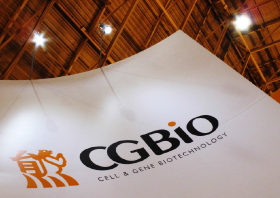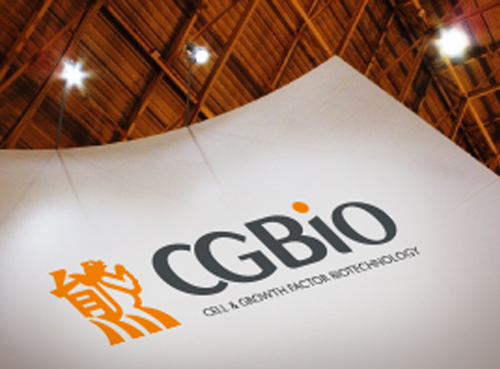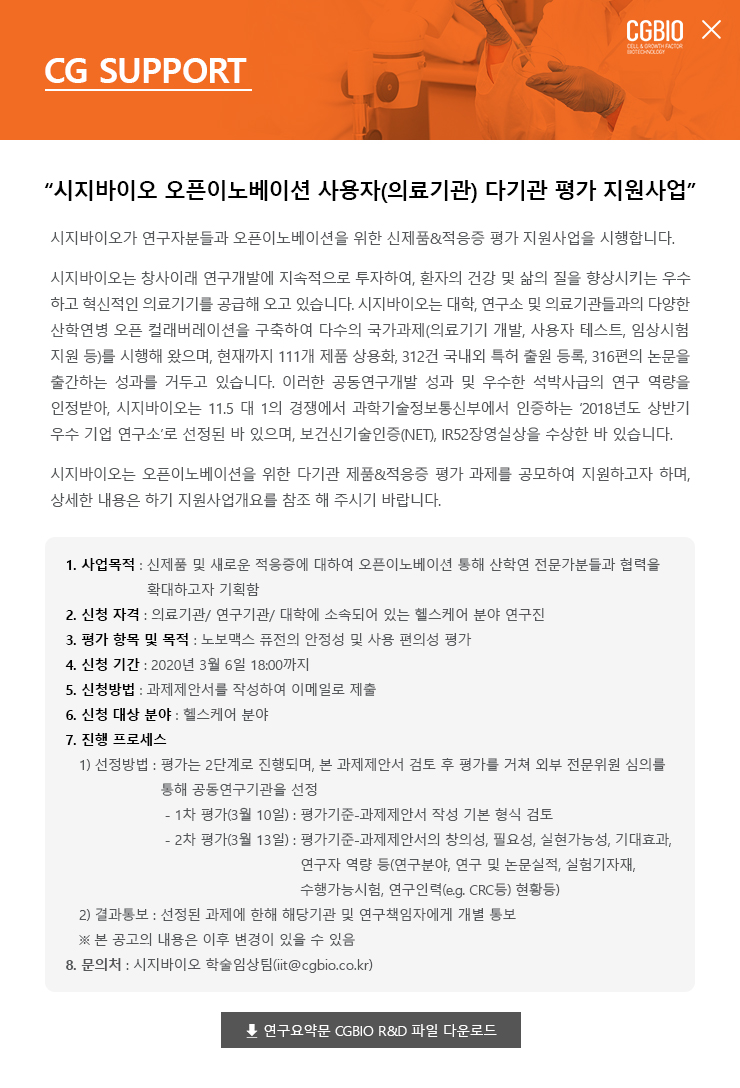The fusion rate of Escherichia coli-derived recombinant human bone morphogenetic protein-2 following posterolateral lumbar fusion was similar to autogenous iliac bone graft, according to a recently published study.
Researchers identified 93 patients who underwent either single-level lumbar or lumbosacral posterolateral fusion and randomly assigned patients to receive either Escherichia coli-derived recombinant human bone morphogenetic protein-2 (E.BMP-2) with a hydroxyapatite carrier, or autogenous iliac bone graft. Preoperatively and at 12 weeks and 24 weeks postoperatively, investigators obtained thin-section CTs, VAS, Oswestry Disability Index (ODI) and SF-36. Then they compared outcome measures between the two groups.
Results showed there were no differences between the treatment groups regarding the preoperative demographic and clinical data. Investigators noted that at 12 weeks, patients who received E.BMP-2 had a CT-based fusion rate 100% and those who received autogenous iliac bone graft had a rate of 90.2%%. At 24 weeks, rates were 100% in the E.BMP-2 group and 94.1% in the autogenous iliac bone graft cohort. Based on radiographs and CT, fusion grade showed non-inferiority in patients who received E.BMP-2 vs. those who received autogenous iliac bone graft. Researchers observed improvements in all clinical parameters after surgery. Groups were not different regarding VAS, ODI and SF-36. There were no serious adverse events seen with E.BMP-2. – by Monica Jaramillo



